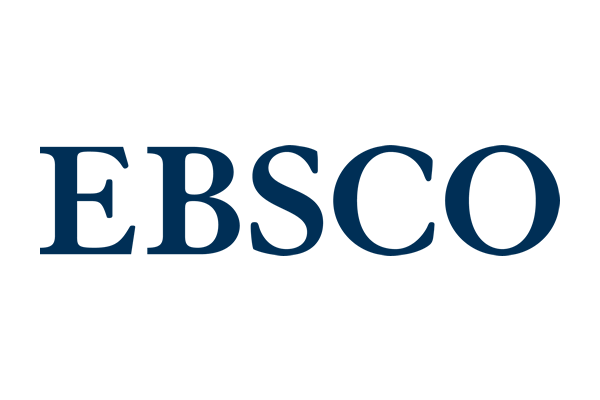Using Artificial Intelligence and Deep Learning Algorithms to Extract Land Features from High Resolution Pleiades Data.
Abstract
This work looks at the use of machine learning algorithms to predict soil composition (clay, gravel, sand, and silt) using remotely sensed data, providing a cost-effective and scalable solution for large-area soil mapping. The aim of this paper is to optimize and compare grid search and random search for improving the performance of the machine learning models for soil texture prediction in the study area using Sentinel-1A SAR data and ASTER Global Digital Elevation Model (GDEM) and topographic information. Five machine learning modelsLinear Regression (LR), Support Vector Regression (SVR), Random Forest (RF), Decision Tree (DT), and Multilayer Perceptron Regressor (MLP Regressor)are examined. Grid search and random search approaches are used to optimize hyperparameters and improve model performance. After hyperparameter adjustment using grid and random searches, the DT model achieved near-perfect accuracy (RMSE 0.029, MAE < 0.021, R2 = 1.000). The MLP Regressor model also performed well in random search optimization (RMSE = 0.038, MAE = 0.03, R2 = 1.000) outperforming grid search. Based on the presented results, the Decision Tree model appear to be the most suitable choice for predicting (clay, silt, and sand) soil composition and Multilayer Perceptron Regressor (MLP Regressor) is the most suitable choice for predicting gravel composition. The improved models may be used in large-scale soil mapping projects allowing for more informed decisions in agriculture, environmental management, and land use planning.



